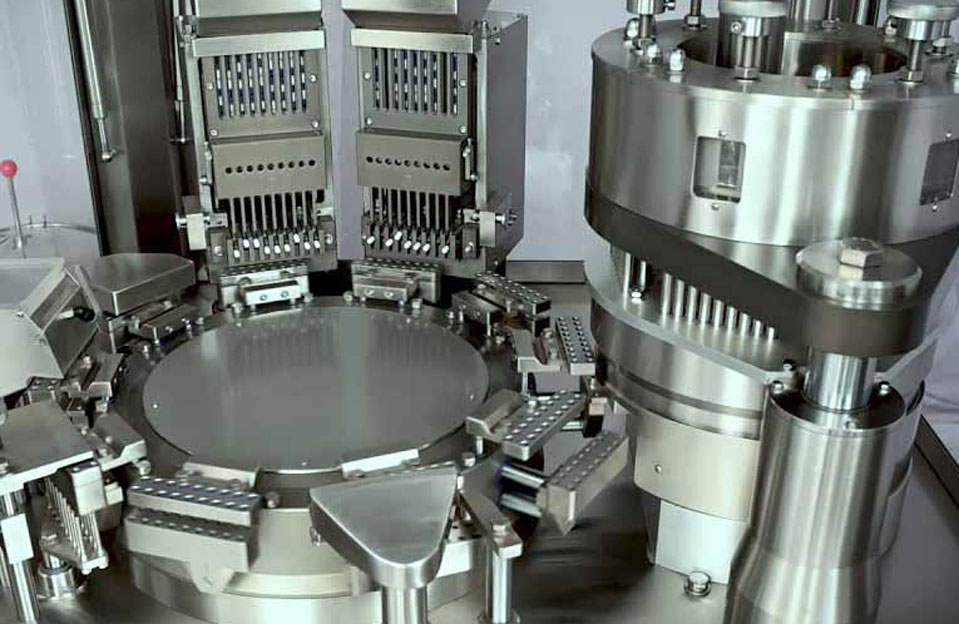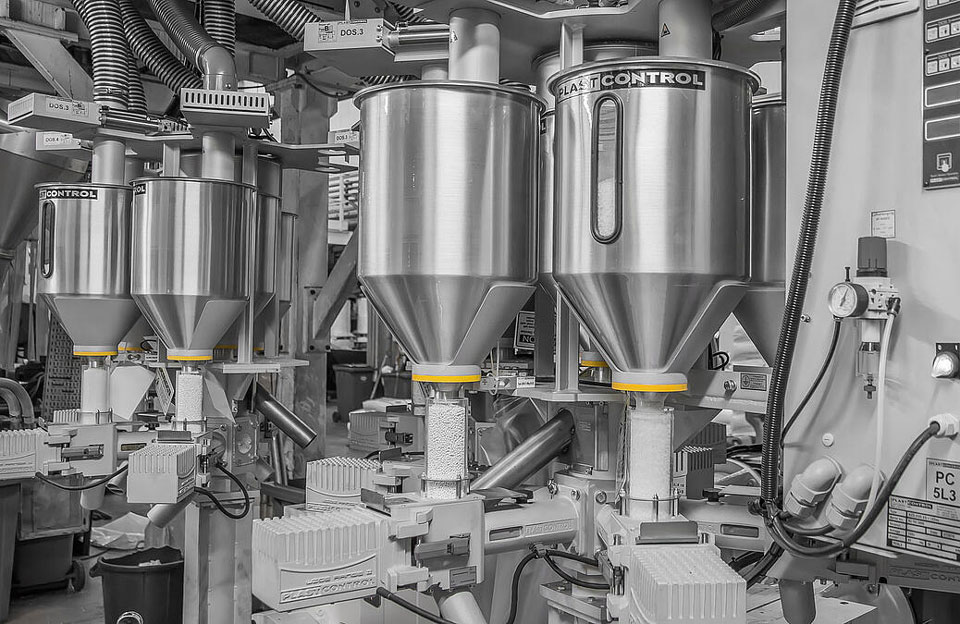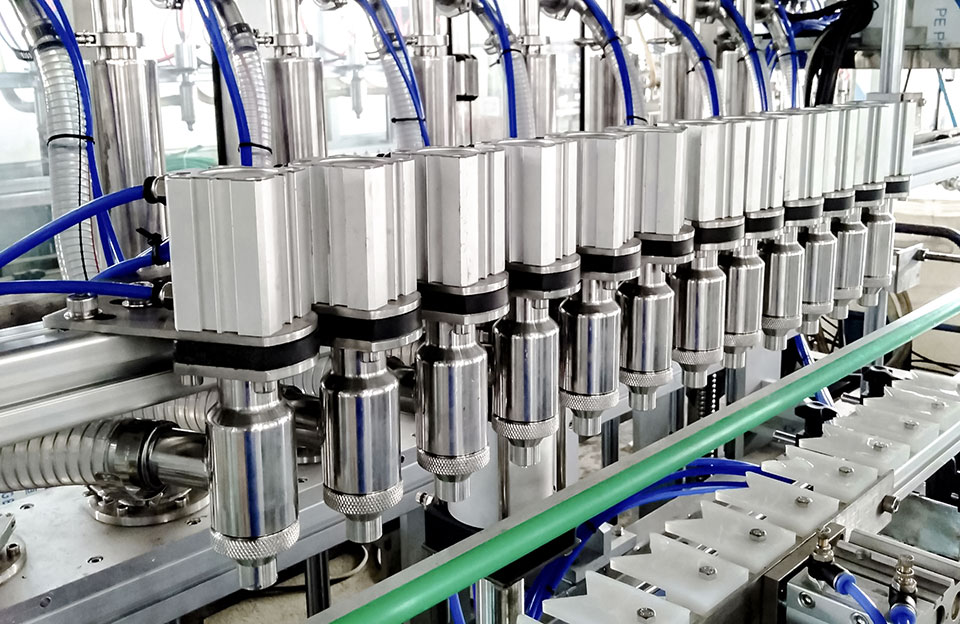Powder filling machines are suitable for aseptic, dry paste powder, granule filling, filling granule, powder, and aerosol containers for consumer goods, bulk, and OEM end-user industry products.
Market Share of Powder Filling Machines
The powder-filling machine equipment market is expected to grow at a CAGR of approximately 7% during the forecast period (2021-2026). Powder-filling machines are used in various end-user industries such as pharmaceuticals, food, personal care, and chemicals for their ability to fill end-use products in powder form accurately. Increasing adoption of automation in packaging lines to increase productivity and proliferation of key industry trends, including ‘single-use’ packaging, are some of the prominent factors driving the packaging industry. Moreover, rising hygiene requirements have prompted players in various end-user industries to replace traditional filling methods with new automated aseptic filling machines. The food and pharmaceutical industries place the highest demands on hygiene, cleanliness, and sterility. Rising demand from these industries will drive the growth of the market.
15 Factors to Consider When Choosing a Powder Filling Machine
When choosing a powder-filling machine, consider several factors to ensure it meets your needs and requirements.
- Powder Properties: Consider the properties of the powder you want to fill, such as density, fluidity, moisture content, and particle size. Different powders may require specific filling techniques or specialized equipment.
- Filling Accuracy: Determines the accuracy and precision required for the filling process. Some applications require high filling accuracy, while others can tolerate less accuracy.
- Production Volume: Assess your production requirements based on the volume of powder to be filled; this will help determine the proper machine size and capacity.
- Speed and Efficiency: Consider the required filling speed and production efficiency. Some powder-filling machines are designed for high-speed filling, while others are better suited for slower, more precise operations.
- Container Type: Determine the container you will use for your powder product. Different machines are available for various container shapes, sizes, and materials, such as bottles, bags, sachets, or cans.
- Cleanliness and Hygiene: If your application involves handling sensitive powders or requires strict hygiene standards (such as the pharmaceutical or food industry), ensure the machine design is easy to clean, has hygienic functions, and complies with relevant regulations.
- Automation and Integration: Consider the level of automation you need. Fully automated systems can increase productivity and reduce labor costs. Also, check that the machine can easily integrate into your existing production line.
- Maintenance and Support: Evaluate the maintenance requirements of the machine and the availability of technical support from the manufacturer or supplier. Ensure spare parts are readily available to minimize downtime.
- Cost: Consider the upfront cost of the machine and its long-term operating expenses: balance machine functionality, quality, and performance with your budget constraints.
- Reputation and Supplier Reliability: Research the manufacturer’s or supplier’s reputation and reliability. Look for references, reviews, and testimonials to ensure you work with a reputable company.
- Flexibility: Evaluate the ability of the machine to handle various powder products or adapt to future changes in production requirements. The flexible machine can accommodate different fill volumes, powders and container sizes.
- Safety Function: Check safety functions such as protective device, emergency stop button, error detection system, etc., to ensure the safety of operators and prevent accidents.
- User-Friendliness: Consider the ease of operation and user interface. Machines with intuitive controls and clear instructions can help minimize training time and reduce the risk of error.
- Energy Efficiency: Evaluate the energy consumption of the machine. Energy-efficient models help reduce operating costs and help meet sustainability goals.
- Warranty and Service Agreement: Check the warranty terms and service agreement provided by the manufacturer. Knowing what your warranty covers and how long it lasts can give you peace of mind and prevent unexpected issues.
Conclusion
Automatic powder filling machine plays a vital role in increasing the efficiency of the packaging process in various industries as they fill the product into the desired container with the utmost precision. Due to the continuous improvement of global industrial automation and the maturity of industrialization, the sales of powder-filling machines are also growing.


